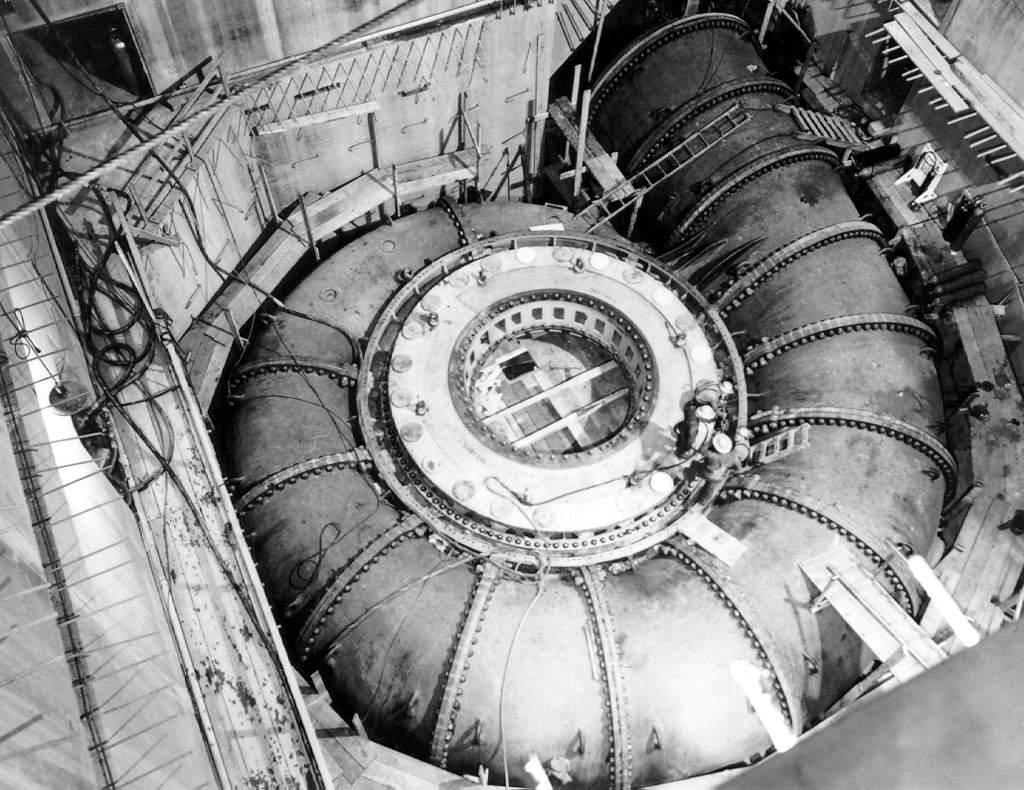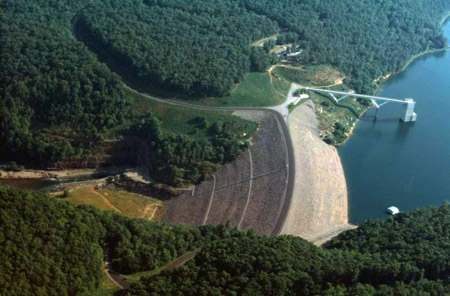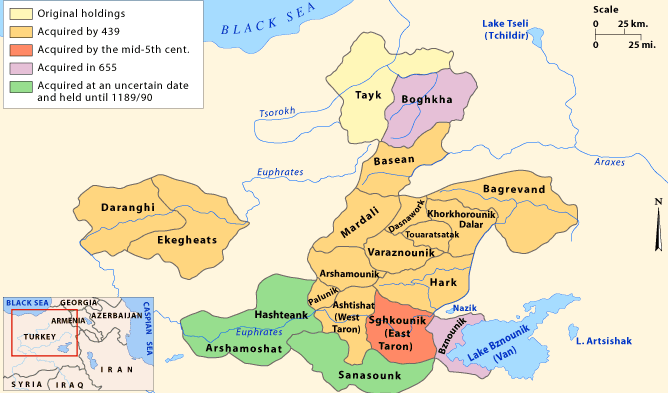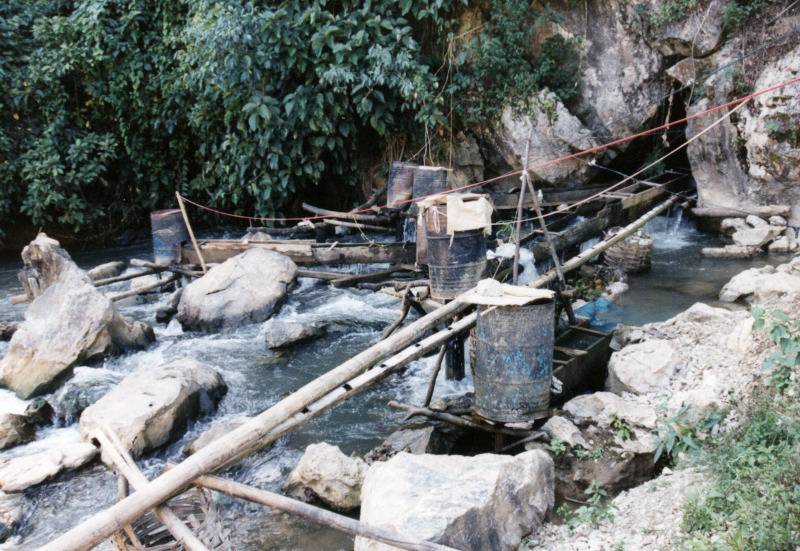|
Uzunçayır Dam
The Uzunçayır Dam is an embankment dam on the Munzur River, located south of Tunceli in Tunceli Province, Turkey. Constructed between 1994 and 2009, the development was backed by the Turkish State Hydraulic Works. The primary purpose of the dam is hydroelectric power generation and it supports an 84 MW power station. See also *List of dams and reservoirs in Turkey Below is a partial list of dams in Turkey separated by region. Aegean Region There are 45 dams in the Aegean Region, western part of Turkey. * Adıgüzel Dam, Denizli * Afşar Dam, Manisa * Akdeğirmen Dam, Afyonkarahisar * Akgedik Dam, Muğla * ... References Dams in Tunceli Province Hydroelectric power stations in Turkey Dams completed in 2009 Dams in the Euphrates River basin {{Turkey-powerstation-stub ... [...More Info...] [...Related Items...] OR: [Wikipedia] [Google] [Baidu] |
Tunceli
Tunceli (, , ) is a municipality (belde) in Tunceli District and capital of Tunceli Province, Turkey. The city has a Zaza majority. It had a population of 35,161 in 2021. Name During Ottoman times, the settlement was called ''Kalan'' or ''Mameki''. Tunceli, which is a modern name, literally means "bronze fist" in Turkish (''tunç'' meaning "bronze" and ''eli'', in this context, meaning "fist"). It shares the name with the military operation under which the Dersim massacre was conducted. The province of Dersim (or Dêrsim) was renamed Tunceli in 1935, as was the settlement of Kalan, which became the province's administrative center in 1938. Dersim is popularly understood to be composed of the Kurdish/Zazaki words ''der'' ("door") and ''sim'' ("silver"), thus meaning "silver door." Whether the town should be called Dersim or Tunceli has been a cause of political quarrels. In May 2019, the local authorities decided to call it Dersim, while the governor said it was against the l ... [...More Info...] [...Related Items...] OR: [Wikipedia] [Google] [Baidu] |
State Hydraulic Works (Turkey)
The State Hydraulic Works () is a state agency, under the Ministry of Environment and Forestry of Turkey, responsible for the utilization of all the country's water resources. The institution's four major functions are energy, agriculture, services and environment. The General Manager of DSI is Kaya Yıldız. History Development of water resources in Turkey began with the establishment of the "General Directorate of Public Works" () by the Ottoman Government in 1914. The institution started to undertake continuous and systematical studies on irrigation, reclamation, flood control, navigation, water storage and distribution. in 1925, soon after the foundation of the Turkish Republic, regional offices were opened in Adana, Ankara, Bursa, Edirne and İzmir under the "Waters Directorate". Due to insufficient financial resources and field observations data available, water projects could not be expedited as planned. Severe drought, occurred in 1929, led to the establishment of the ... [...More Info...] [...Related Items...] OR: [Wikipedia] [Google] [Baidu] |
Megawatt
The watt (symbol: W) is the unit of Power (physics), power or radiant flux in the International System of Units (SI), equal to 1 joule per second or 1 kg⋅m2⋅s−3. It is used to quantification (science), quantify the rate of Work (physics), energy transfer. The watt is named in honor of James Watt (1736–1819), an 18th-century Scottish people, Scottish inventor, mechanical engineer, and chemist who improved the Newcomen engine with his own Watt steam engine, steam engine in 1776, which became fundamental for the Industrial Revolution. Overview When an object's velocity is held constant at one meter per second against a constant opposing force of one Newton (unit), newton, the rate at which Work (physics), work is done is one watt. \mathrm. In terms of electromagnetism, one watt is the rate at which electrical work is performed when a current of one ampere (A) flows across an electrical potential difference of one volt (V), meaning the watt is equivalent to the vo ... [...More Info...] [...Related Items...] OR: [Wikipedia] [Google] [Baidu] |
Francis-type
The Francis turbine is a type of water turbine. It is an inward-flow reaction turbine that combines radial and axial flow concepts. Francis turbines are the most common water turbine in use today, and can achieve over 95% efficiency. The process of arriving at the modern Francis runner design took from 1848 to approximately 1920. It became known as the Francis turbine around 1920, being named after British-American engineer James B. Francis who in 1848 created a new turbine design. Francis turbines are primarily used for producing electricity. The power output of the electric generators generally ranges from just a few kilowatts up to 1000 MW, though mini-hydro installations may be lower. The best performance is seen when the head height is between . Penstock diameters are between . The speeds of different turbine units range from 70 to 1000 rpm. A wicket gate around the outside of the turbine's rotating runner controls the rate of water flow through the turbine f ... [...More Info...] [...Related Items...] OR: [Wikipedia] [Google] [Baidu] |
Embankment Dam
An embankment dam is a large artificial dam. It is typically created by the placement and compaction of a complex semi-plastic mound of various compositions of soil or rock. It has a semi-pervious waterproof natural covering for its surface and a dense, impervious core. This makes the dam impervious to surface or seepage erosion. Such a dam is composed of fragmented independent material particles. The friction and interaction of particles binds the particles together into a stable mass rather than by the use of a cementing substance. Types Embankment dams come in two types: the earth-filled dam (also called an earthen dam or terrain dam) made of compacted earth, and the rock-filled dam. A cross-section of an embankment dam shows a shape like a bank, or hill. Most have a central section or core composed of an impermeable material to stop water from seeping through the dam. The core can be of clay, concrete, or asphalt concrete. This type of dam is a good choice for site ... [...More Info...] [...Related Items...] OR: [Wikipedia] [Google] [Baidu] |
Tunceli Province
Tunceli Province (), formerly Dersim Province (; ; ), is a province in the Eastern Anatolia Region of Turkey. Its central city is Tunceli. The province has a Kurdish majority. Moreover, it is the only province in Turkey with an Alevi majority. The province has eight municipalities, 366 villages and 1,087 hamlets. History Antiquity This region was known as Ishuva in the 2000s BC. As a result of the struggle of the Ishuva Kingdom, which was established by the Hurrians in the region, with the Hittites, the region came under the rule of the Hittites in the 1600s BC. Then, it came under the domination of the Urartians and formed the westernmost part of the country of Urartu. After that, it was ruled by Medes and the Persian Achaemenid Empire, and after that it was ruled by Alexander the Great, king of Macedon. Ottoman Empire rule Although the presence of Ottoman Empire was beginning to be felt in the region after Mehmed II the Conqueror defeated the Aq Qoyunlu in 1473, ... [...More Info...] [...Related Items...] OR: [Wikipedia] [Google] [Baidu] |
Turkey
Turkey, officially the Republic of Türkiye, is a country mainly located in Anatolia in West Asia, with a relatively small part called East Thrace in Southeast Europe. It borders the Black Sea to the north; Georgia (country), Georgia, Armenia, Azerbaijan, and Iran to the east; Iraq, Syria, and the Mediterranean Sea to the south; and the Aegean Sea, Greece, and Bulgaria to the west. Turkey is home to over 85 million people; most are ethnic Turkish people, Turks, while ethnic Kurds in Turkey, Kurds are the Minorities in Turkey, largest ethnic minority. Officially Secularism in Turkey, a secular state, Turkey has Islam in Turkey, a Muslim-majority population. Ankara is Turkey's capital and second-largest city. Istanbul is its largest city and economic center. Other major cities include İzmir, Bursa, and Antalya. First inhabited by modern humans during the Late Paleolithic, present-day Turkey was home to List of ancient peoples of Anatolia, various ancient peoples. The Hattians ... [...More Info...] [...Related Items...] OR: [Wikipedia] [Google] [Baidu] |
Hydroelectric
Hydroelectricity, or hydroelectric power, is Electricity generation, electricity generated from hydropower (water power). Hydropower supplies 15% of the world's electricity, almost 4,210 TWh in 2023, which is more than all other Renewable energy, renewable sources combined and also more than nuclear power. Hydropower can provide large amounts of Low-carbon power, low-carbon electricity on demand, making it a key element for creating secure and clean electricity supply systems. A hydroelectric power station that has a dam and reservoir is a flexible source, since the amount of electricity produced can be increased or decreased in seconds or minutes in response to varying electricity demand. Once a hydroelectric complex is constructed, it produces no direct waste, and almost always emits considerably less greenhouse gas than fossil fuel-powered energy plants. [...More Info...] [...Related Items...] OR: [Wikipedia] [Google] [Baidu] |
List Of Dams And Reservoirs In Turkey
Below is a partial list of dams in Turkey separated by region. Aegean Region There are 45 dams in the Aegean Region, western part of Turkey. * Adıgüzel Dam, Denizli * Afşar Dam, Manisa * Akdeğirmen Dam, Afyonkarahisar * Akgedik Dam, Muğla * Akköprü Dam, Muğla * Alaçatı Dam, İzmir * Balçova Dam, İzmir * Bayır Dam, Muğla *Beşkarış Dam * Beydağ Dam * Buldan Dam * Cindere Dam * Çaltıkoru Dam * Çavdarhisar Dam * Çine Dam *Demirköprü Dam * Enne Dam * Geyik Dam * Gökpınar Dam * Gölmarmara Dam * Gördes Dam * Güzelhisar Dam * Işıklı Dam * İkizdere Dam * Karacasu Dam * Kavakdere Dam * Kayaboğazı Dam * Kemer Dam * Kestel Dam * Kureyşler Dam * Küçükler Dam * Marmaris Dam * Mumcular Dam * Örenler Dam * Seferihisar Dam * Selevir Dam * Sevişler Dam * Seyitler Dam * Söğüt Dam * Tahtalı Dam * Topçam Dam * Ürkmez Dam * Yaylakavak Dam * Yenidere Dam * Yortanlı Dam Black Sea Region There are 55 dams in the Black Sea Region, northern part of Turkey. ... [...More Info...] [...Related Items...] OR: [Wikipedia] [Google] [Baidu] |
Dams In Tunceli Province
A dam is a barrier that stops or restricts the flow of surface water or underground streams. Reservoirs created by dams not only suppress floods but also provide water for activities such as irrigation, human consumption, industrial use, aquaculture, and navigability. Hydropower is often used in conjunction with dams to generate electricity. A dam can also be used to collect or store water which can be evenly distributed between locations. Dams generally serve the primary purpose of retaining water, while other structures such as floodgates or levees (also known as dikes) are used to manage or prevent water flow into specific land regions. The word ''dam'' can be traced back to Middle English, and before that, from Middle Dutch, as seen in the names of many old cities, such as Amsterdam and Rotterdam. Ancient dams were built in Mesopotamia and the Middle East for water control. The earliest known dam is the Jawa Dam in Jordan, dating to 3,000 BC. Egyptians also built dams, ... [...More Info...] [...Related Items...] OR: [Wikipedia] [Google] [Baidu] |
Hydroelectric Power Stations In Turkey
Hydroelectricity, or hydroelectric power, is Electricity generation, electricity generated from hydropower (water power). Hydropower supplies 15% of the world's electricity, almost 4,210 TWh in 2023, which is more than all other Renewable energy, renewable sources combined and also more than nuclear power. Hydropower can provide large amounts of Low-carbon power, low-carbon electricity on demand, making it a key element for creating secure and clean electricity supply systems. A hydroelectric power station that has a dam and reservoir is a flexible source, since the amount of electricity produced can be increased or decreased in seconds or minutes in response to varying electricity demand. Once a hydroelectric complex is constructed, it produces no direct waste, and almost always emits considerably less greenhouse gas than fossil fuel-powered energy plants. [...More Info...] [...Related Items...] OR: [Wikipedia] [Google] [Baidu] |
Dams Completed In 2009
A dam is a barrier that stops or restricts the flow of surface water or underground streams. Reservoirs created by dams not only suppress floods but also provide water for activities such as irrigation, human consumption, industrial use, aquaculture, and navigability. Hydropower is often used in conjunction with dams to generate electricity. A dam can also be used to collect or store water which can be evenly distributed between locations. Dams generally serve the primary purpose of retaining water, while other structures such as floodgates or levees (also known as dikes) are used to manage or prevent water flow into specific land regions. The word ''dam'' can be traced back to Middle English, and before that, from Middle Dutch, as seen in the names of many old cities, such as Amsterdam and Rotterdam. Ancient dams were built in Mesopotamia and the Middle East for water control. The earliest known dam is the Jawa Dam in Jordan, dating to 3,000 BC. Egyptians also built dams, ... [...More Info...] [...Related Items...] OR: [Wikipedia] [Google] [Baidu] |






